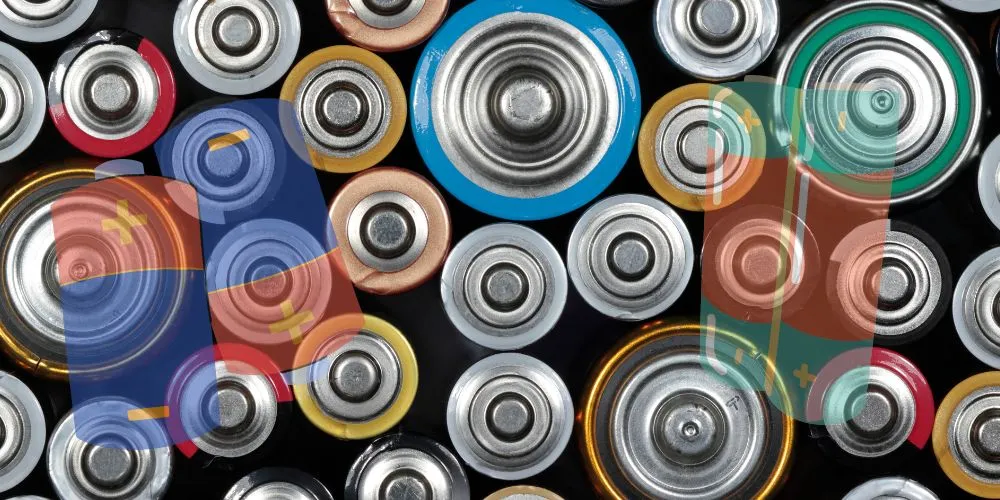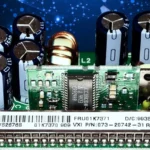Flow batteries have emerged as a groundbreaking technology in energy storage, offering unprecedented flexibility, scalability, and sustainability. This comprehensive article delves into the intricate workings of flow batteries, exploring their types, components, applications, advantages, challenges, and pivotal role in advancing renewable energy integration. By gaining a deeper understanding of flow batteries, we uncover their transformative potential in reshaping the energy storage landscape and contributing to a more sustainable and resilient energy infrastructure.
Unveiling the World of Flow Batteries
Flow batteries represent a class of rechargeable electrochemical energy storage systems designed to store energy in liquid electrolytes. Unlike traditional solid-state batteries, flow batteries separate the energy storage medium from the electrochemical cell, allowing for decoupled energy and power capacity.
Types of Flow Batteries
Flow batteries are categorized into several types with unique characteristics and applications.
Redox Flow Batteries (RFB)
Redox flow batteries are prominent ones that utilize redox reactions between two electrolytes to store and release electrical energy. Examples include the vanadium redox flow battery (VRFB) and the zinc-iron redox flow battery.
Hybrid Flow Batteries
Hybrid flow batteries combine features of traditional flow batteries with solid-state components. These innovative systems aim to address challenges such as energy density and efficiency by merging the benefits of flow battery technology with advancements in solid-state batteries.
Organic Flow Batteries
Organic flow batteries employ organic molecules in their electrolytes, offering advantages such as cost-effectiveness, sustainability, and the potential for various of chemical compositions. This type of flow battery holds promise for enhancing environmental sustainability.
Components of Flow Batteries
Understanding the key components of flow batteries is crucial for unraveling their operational mechanisms and unique features.
Electrolytes
At the heart of any flow battery, electrolytes are liquid solutions containing chemical components that undergo reversible redox reactions. The choice of electrolyte significantly influences the performance and characteristics of a flow battery.
Electrochemical Cells
Flow batteries consist of electrochemical cells where the actual redox reactions occur. These cells can be designed with various materials, such as membranes and electrodes, to facilitate the separation and movement of ions during the charging and discharging processes.
Storage Tanks
Unlike conventional batteries with fixed energy capacities, flow batteries utilize external storage tanks for liquid electrolytes. This design enables easy scalability by adjusting the size of the electrolyte storage tanks to meet specific energy requirements.
Pumps and Flow Systems
Flow batteries employ pumps to circulate electrolytes between the storage tanks and electrochemical cells. This continuous flow allows for efficient energy exchange and enables rapid responses to changes in demand.
Control Systems
Sophisticated control systems are integral to optimizing the performance and efficiency of flow batteries. These systems manage the flow rates, control the redox reactions, and ensure the stable operation of the entire energy storage system.
Applications of Flow Batteries
Flow batteries find diverse applications across various industries and scenarios, contributing to the evolution of energy storage solutions.
Grid-Level Energy Storage
Flow batteries are increasingly deployed for grid-level energy storage, providing a reliable and scalable solution to store excess energy generated from renewable sources. Their ability to support many charge-discharge cycles makes them ideal for balancing supply and demand on the grid.
Renewable Energy Integration
Flow batteries are pivotal in integrating renewable energy sources like solar and wind into the power grid. They offer a dependable means of storing intermittent renewable energy, ensuring a stable and continuous power supply.
Uninterruptible Power Supply (UPS)
Flow batteries are utilized in UPS systems to provide backup power during grid outages or fluctuations. Their quick response time and long-duration discharge capabilities make them well-suited for critical applications where uninterrupted power is essential.
Industrial and Commercial Energy Storage
Industries and commercial enterprises leverage flow batteries for on-site energy storage, helping to reduce electricity costs, optimize energy consumption, and enhance overall energy resilience.
Microgrid and Remote Area Power Systems
Flow batteries are deployed in microgrid and remote area power systems to store energy locally. It ensures a stable and reliable power supply in areas with limited or unreliable traditional grid access.
Advantages of Flow Batteries
Flow batteries bring numerous advantages, distinguishing them from traditional energy storage technologies.
Scalability
One of the key advantages of flow batteries is their inherent scalability. The separation of power and energy components allows for independent scaling, making them suitable for various applications, from small-scale installations to grid-level storage.
Long Cycle Life
Flow batteries exhibit long cycle life, meaning they can undergo many charge-discharge cycles without significant degradation. This longevity enhances their economic viability and sustainability over the battery’s operational life.
Flexibility in Sizing
Flow batteries offer flexibility in sizing, allowing for customization based on specific energy storage requirements. This adaptability makes them suitable for applications with varying energy demands.
Rapid Response Time
Flow batteries boast rapid response times, making them well-suited for applications requiring quick adjustments to changing energy demands. This responsiveness enhances their effectiveness in grid stabilization and frequency regulation.
Environmental Sustainability
The use of environmentally friendly electrolytes, such as vanadium or organic compounds, contributes to the environmental sustainability of flow batteries. Their composition aligns with the growing emphasis on clean and sustainable energy solutions.
Challenges in Implementing Flow Batteries
Despite their advantages, implementing flow batteries faces challenges that warrant attention for widespread adoption.
Cost Considerations
The initial capital cost of installing flow battery systems remains a significant challenge. Technological advances and increased production scale are expected to reduce costs, making flow batteries more economically viable.
Energy Density
Compared to some traditional battery technologies, flow batteries may have lower energy density. Addressing this challenge involves ongoing research to enhance the energy density of flow batteries, expanding their applicability to a broader range of use cases.
Limited Number of Manufacturers
A limited number of manufacturers currently dominate the flow battery market. Increasing competition and encouraging new market entrants can stimulate innovation and drive further advancements in flow battery technology.
Performance Optimization
Continuously optimizing the performance of flow batteries, particularly in terms of efficiency and response time, is an ongoing challenge. Research and development efforts focus on refining the flow batteries’ design and materials to enhance their overall performance.
Future Trends in Flow Battery Technology
The future of flow battery technology is marked by emerging trends that promise to enhance their capabilities further and address current challenges.
Advanced Electrolyte Chemistry
Research into advanced electrolyte chemistry aims to improve flow batteries’ efficiency and energy density. Innovations in electrolyte composition can enhance the overall performance of flow battery systems.
Technological Convergence
The convergence of flow battery technology with other energy storage solutions, such as lithium-ion batteries, is a trend that could unlock new possibilities in hybrid energy storage systems. This convergence seeks to combine the strengths of different technologies for optimal performance.
Enhanced Energy Density
Future advancements in materials and design are expected to lead to flow batteries with higher energy density. This improvement will expand the range of applications for flow batteries, making them even more competitive in various markets.
Integration with Smart Grids
Flow batteries are poised to play a crucial role in developing smart grids. Integration with smart grid technologies will enable more efficient and dynamic energy management, optimizing the use of renewable energy sources and enhancing grid resilience.
Conclusion
Flow batteries represent a paradigm shift in energy storage technology, offering a sustainable and flexible solution to the challenges of modern energy systems. Their scalability, long cycle life, and environmental sustainability position them as key players in transitioning to a more renewable and resilient energy infrastructure. Despite facing challenges, ongoing research and technological advancements are paving the way for a future where flow batteries play a pivotal role in balancing the demands of a dynamic and sustainable energy landscape. As the world strives towards a cleaner and more efficient energy future, the transformative potential of flow batteries continues to unfold, shaping how we store and utilize energy for generations to come.












